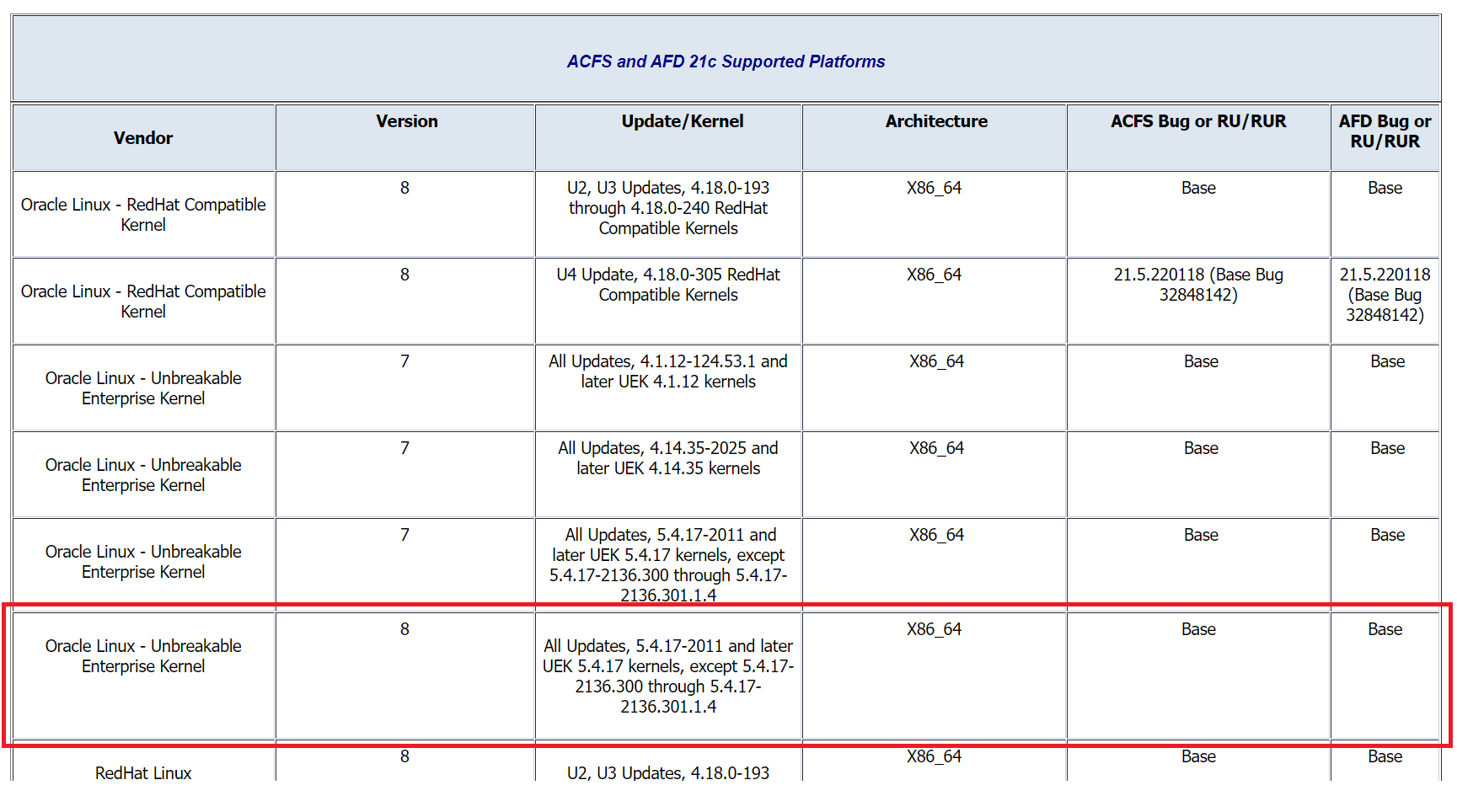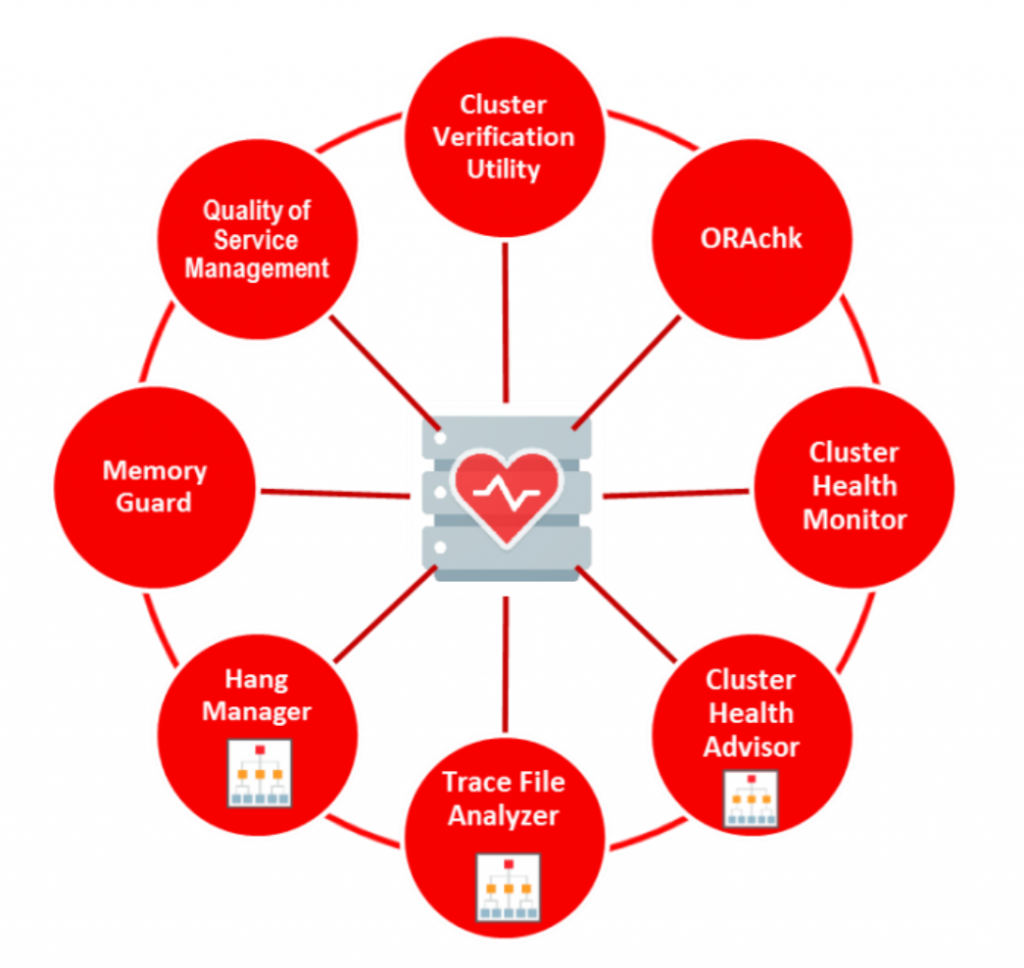Starting with Grid Infrastructure/ASM 19.16 Oracle changed how the REQUIRED_MIRROR_FREE_MB is calculated and the impact is more than expected. Check below examples of the changes, and how this will impact you. This is valid for all GI/ASM starting with 19.16 and only for Exadata/ExaCC.
Please read my new post about this issue.
REQUIRED_MIRROR_FREE_MB
The REQUIRED_MIRROR_FREE_MB (according to 19c documentation) is:
“amount of space that must be available in a disk group to restore full redundancy after the worst failure that can be tolerated by the disk group without adding additional storage. This requirement ensures that there are sufficient failure groups to restore redundancy”.
And (at Exadata environment until 19.16) is calculated based on the disk redundancy that you have. If you choose the HIGH, the raw size of two disks (the largest in your diskgroup) is reserved; at NORMAL, is the raw size of one disk. At Exadata, it differs from other environments because does not consider the whole failgroup failure and the way that extends are written/spread (more info below and in another post).
But for now, understand that the required size is what you need to reserve (as raw space) at your diskgroup to ensure protection in case of disk failure. And it is directly related to the USABLE_FILE_MB because the space that you can allocate at your diskgroup (USABLE_FILE_MB) comes from (FREE_MB- REQUIRED_MIRROR_FREE_MB)/redundancy factor (3 for HIGH, 2 for NORMAL). So, when you increase the REQUIRED_MIRROR_FREE_MB you reduce the USABLE_FILE_MB. I will explain more later.



